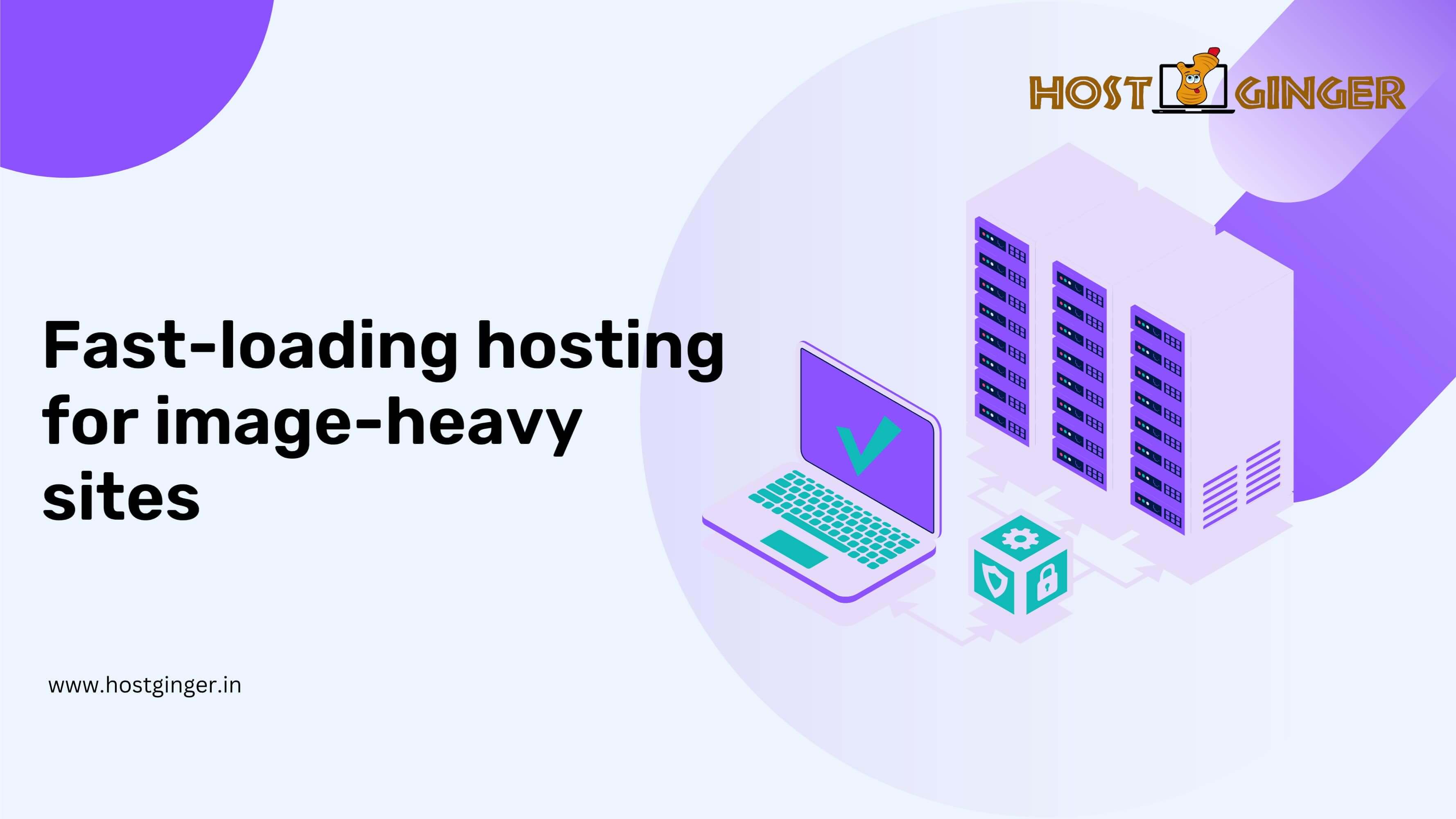Boost image-heavy site performance with fast-loading hosting services. Deliver seamless user experiences and optimize loading times.

Fast-loading hosting for image-heavy sites
Introduction
In today's digital age, where visuals play a crucial role in attracting and engaging website visitors, image-heavy sites have become increasingly popular. Whether you're running a photography portfolio, an e-commerce store, or a travel blog, having stunning images can make or break your online presence. However, one challenge that comes with hosting image-heavy sites is ensuring fast loading times without compromising image quality. In this article, we'll explore the importance of fast-loading hosting for image-heavy sites and discuss some practical tips to achieve it.Factors Affecting Website Loading Speed
The loading speed of a website is impacted by various factors, especially when it comes to image-heavy sites. Understanding these factors is essential for optimizing the site's performance:Image sizes and formats
One of the primary culprits for slow-loading websites is oversized images. High-resolution images may look impressive, but they can significantly slow down your site's loading time. Choosing the right image format, such as JPEG or WebP, and compressing images without compromising quality can greatly improve loading speeds.Server location and response time
The physical distance between your hosting server and website visitors can affect how quickly the site loads. Opting for a hosting provider with servers strategically located around the world can minimize response times and improve overall loading speed.Content delivery networks (CDNs)
CDNs can drastically enhance website speed for global audiences. By distributing site content across multiple servers worldwide, CDNs reduce the time it takes to fetch data and deliver it to users.Benefits of Fast-Loading Hosting for Image-Heavy Sites
Having a fast-loading hosting environment for image-heavy sites comes with several significant advantages:Improved user experience
Website visitors are increasingly impatient when it comes to waiting for pages to load. Fast-loading hosting ensures that your images and content appear swiftly, leading to a positive user experience and increased engagement.Higher search engine rankings
Search engines, like Google, prioritize websites with faster loading times in their search results. By investing in fast-loading hosting, your site is more likely to rank higher, leading to increased visibility and organic traffic.Increased conversion rates
A slow-loading website can lead to a high bounce rate, resulting in missed opportunities for conversions. With fast-loading hosting, visitors are more likely to stay on your site and complete desired actions, such as making a purchase or signing up for a newsletter.Top Hosting Providers for Image-Heavy Sites
When choosing a hosting provider for your image-heavy site, it's crucial to select one that can handle the demands of large image files and high traffic. Here are three top hosting providers known for their fast-loading capabilities:Hostginger
Our control panel combines simplicity, functionality, and security to provide you with a seamless hosting experience. It puts the power in your hands, allowing you to efficiently manage and customize your web hosting services, ultimately helping you focus on what matters most: Your Online Presence And Business Growth.Tips for Optimizing Image-Heavy Sites on Fast-Loading Hosting
While fast-loading hosting is essential, you can further optimize your image-heavy site for maximum performance:Image compression and optimization
Use image compression tools to reduce file sizes without compromising image quality. Optimized images will load faster and contribute to a smoother user experience.Lazy loading for images
Lazy loading allows images to load only when they come into the user's viewport. This technique conserves bandwidth and speeds up initial page loading times.Caching mechanisms
Leverage browser caching and server-side caching to store static content, such as images, and serve it faster to returning visitors.Case Studies: Success Stories of Image-Heavy Sites on Fast-Loading Hosting
To illustrate the positive impact of fast-loading hosting, let's look at a couple of success stories:Best Practices for Choosing Fast-Loading Hosting
Selecting the right fast-loading hosting provider requires careful consideration of various factors:



